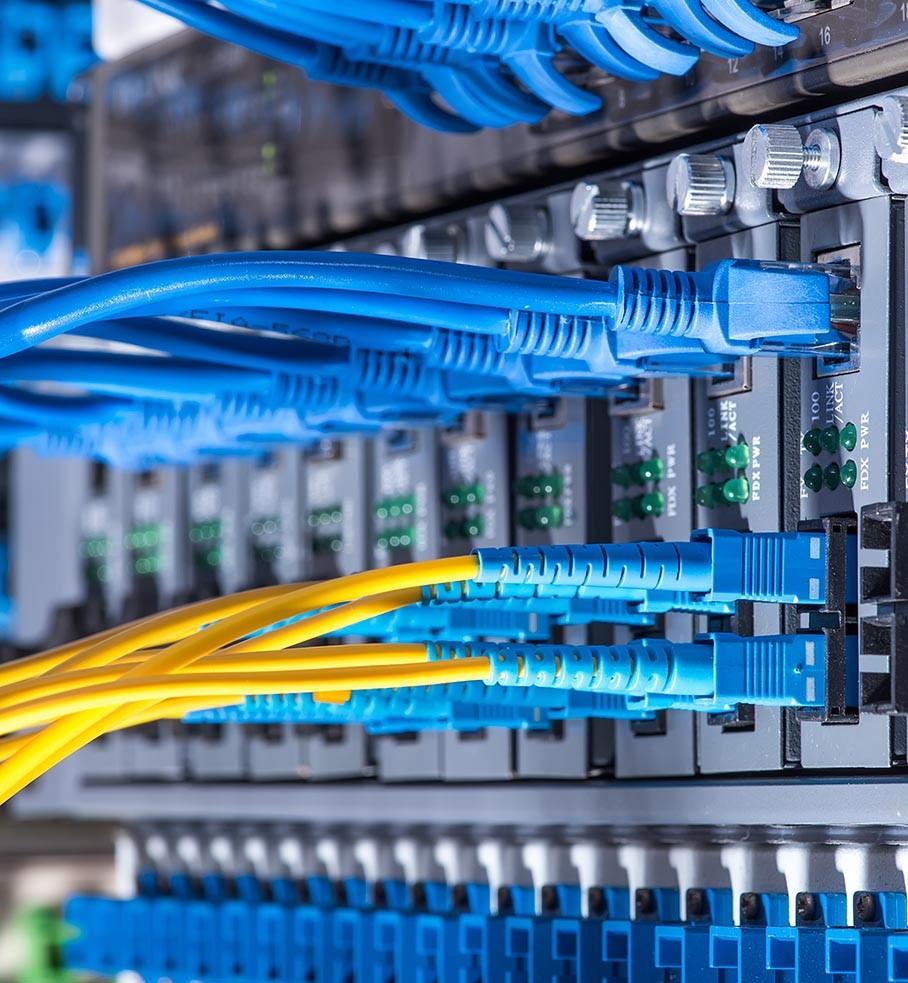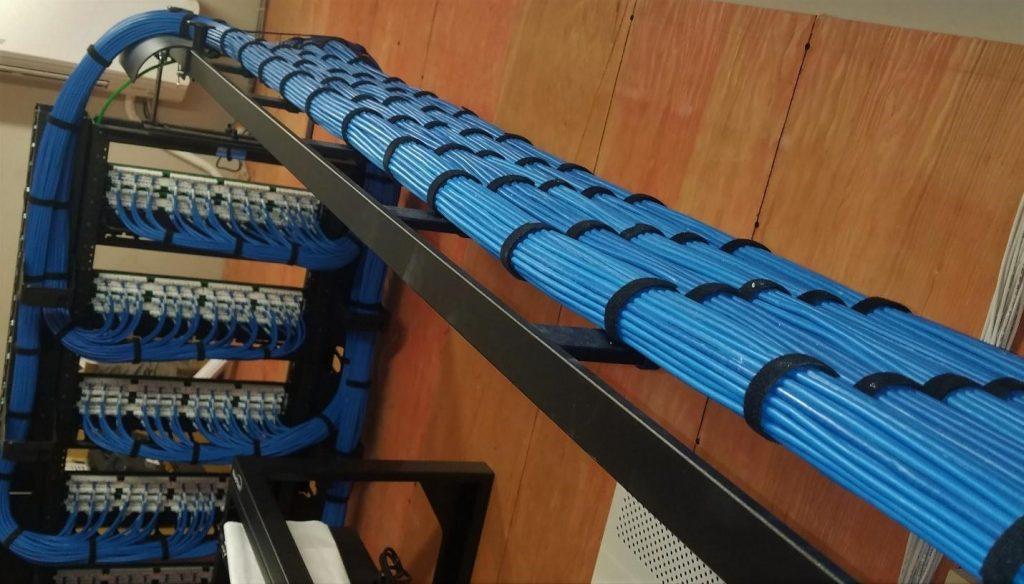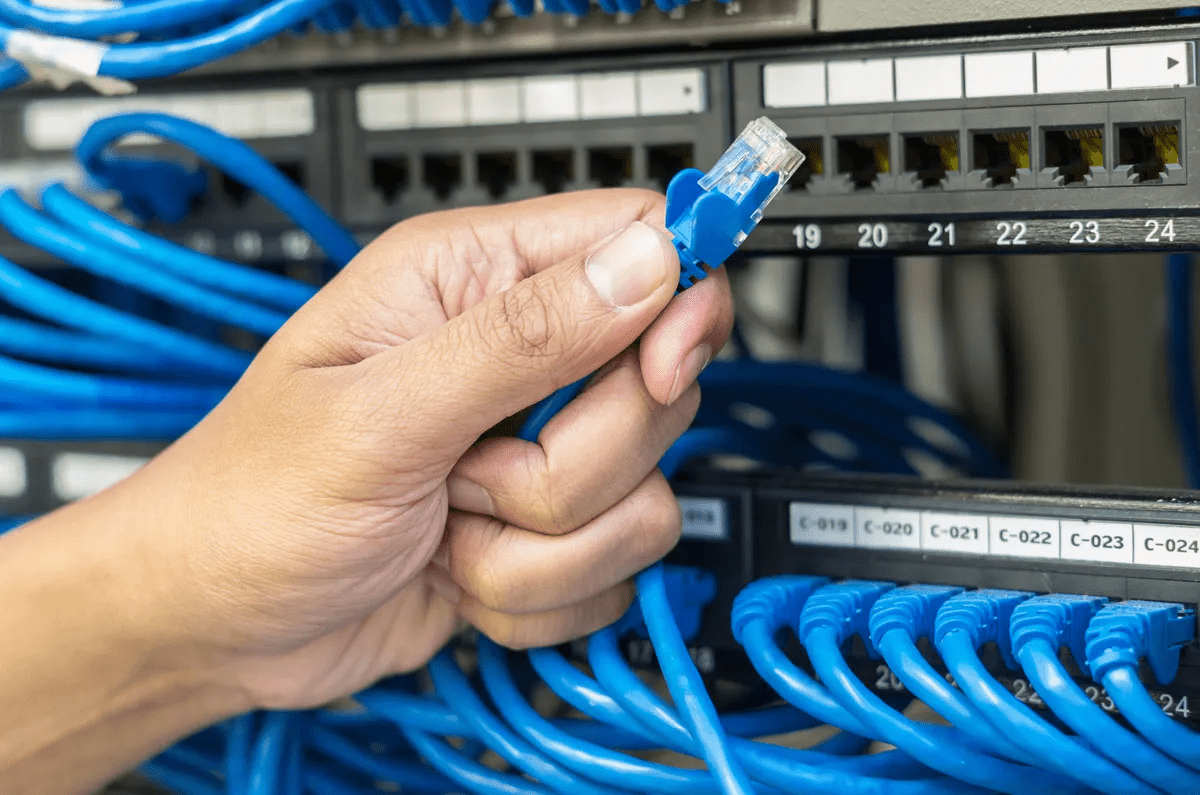Cabling is one of the significant components of any office building because it determines data transfer and communication between different peripherals. Although there are several connection types, the most popular one recently is the structured cabling in Dubai.
From the name itself, you can understand that structured cabling will help improve the overall connection system efficiency and even reduce latency. Plus, it is high performing, which is why it’s so crucial for businesses to understand the fundamentals. Studying more about the components of structured cabling is one such thing that should be done before implementing the system.
In this section, we have shared some essential details about the components of a structured cabling system.
Entrance facility
As the name suggests, the entrance facility comprises the section where the telecom provider will gain entry to the physical location of the business, whether a cabin or a building. Usually, this is identified as the location from where the wires, clips, connections, and other networking elements enter the premise and connect to all the devices. Usually, telecom providers take help from a conduit to establish the entrance facility. The entry point must be secured enough to prevent any mishap. If it suffers any damage, the entire structured cabling in Dubai will collapse or halt. You can consider the entrance facility equivalent to every single property’s electric main meter.

Equipment room
The network needed to establish the structured cabling system comprises a plethora of components. For example, the central connection hub is said to be the on-site server for the building. Sometimes, the central server serves as the direct source feed to different peripheral devices. But it is usually done for a minor premise with fewer connection points.
However, let’s consider the server to be used for a large building. Cables connect the central servers to several other sub-servers to help individual departments access the central server. The equipment room will also have network switches that can be turned off and off manually to allow appropriate connection channels. PBX and patch panels are also located within the equipment room of structured cabling in Dubai.
Backbone cabling
Backbone or riser cabling is one of the most crucial elements that cannot be ignored or left behind. It helps divert the cables to different floors and establish a parallel network. It also acts as the intermediate system between the equipment room and the peripheral devices within the business premise.

Telecommunication room and enclosure
These are areas where the backbone cabling lines terminate end. It comprises several hardware elements like computers, LANs, phones, and many more. Businesses must establish a proper communication and networking system.
Horizontal cabling
From the vertical cabling structure, horizontal cables must be drawn to connect the user’s workspace. In ideal structured cabling in Dubai, the maximum horizontal cable length is supposedly 295 feet.
Work area
Lastly, the work area defines the space where the internet connections are drawn from outlets and connected to the end devices.
Conclusion
As we have established the six significant components of structured cabling in Dubai, you can decide if all the parts are correctly arranged. Contact Resco to get expert advice on the use and ideal choice of structured cabling.

